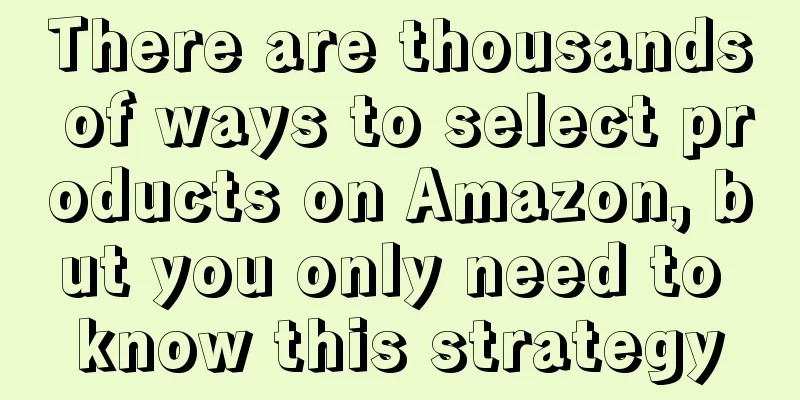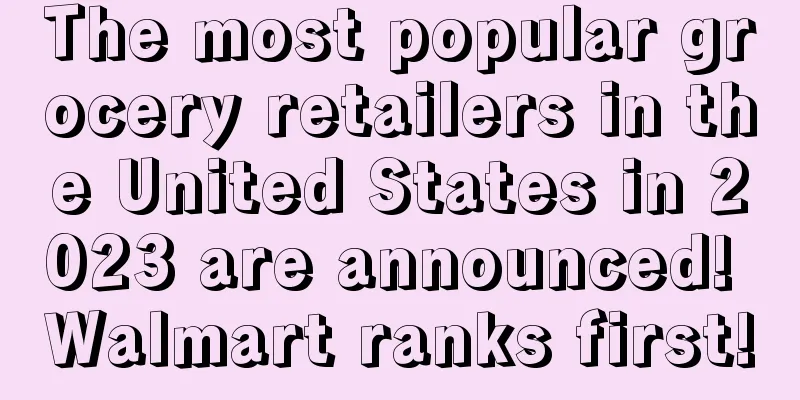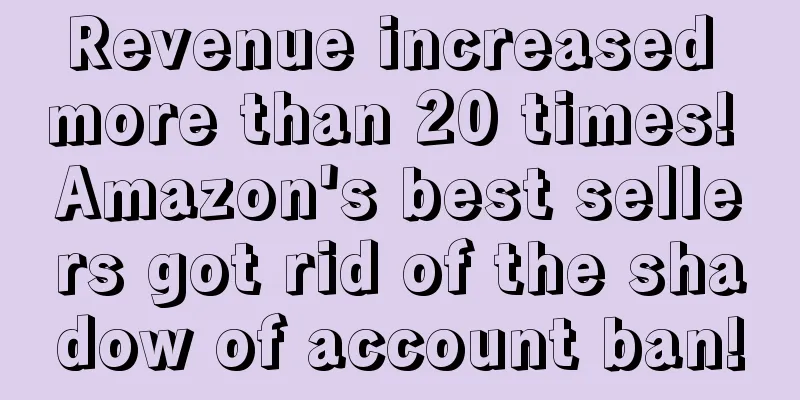5 pictures reveal the secrets! How is the US beauty and cosmetics market structured?

|
It is learned that eMarketer data shows that in the United States, the size of the beauty and cosmetics market is close to 100 billion US dollars. In 2023, more than 20% of beauty and cosmetics sales are expected to come from online channels, and Generation Z is the main consumer force. For brands and sellers, the most important thing is how to layout in the most effective way to attract consumers. eMarketer released 5 data charts, which studied the market status, consumer purchase discovery channels and brand marketing, and provided reference for sellers and brands in this category.
1. Rapid growth of beauty and cosmetics e-commerce in the United States According to McKinsey data, about 22% of global beauty retail sales will come from e-commerce channels this year. Although physical store sales are still greater than e-commerce sales, the growth rate of e-commerce sales is more obvious. eMarketer predicts that this year, the growth of US beauty and cosmetics e-commerce sales will exceed the overall market, with growth rates of 13.6% and 10.1% respectively. Therefore, beauty and cosmetics brands should focus more on digital marketing.
2. Shopping channels for beauty and cosmetics consumers According to Tinuiti research, about 37% of beauty and cosmetics consumers in the United States use Amazon as a product search platform, followed by Walmart (23%), retailer websites (9%) and search engines (8%). In addition, sales of health, personal care and beauty products account for 6% of Amazon's US retail e-commerce sales. Therefore, it is more effective to place advertisements on Amazon. It is predicted that Amazon’s US retail media advertising revenue will reach 23.95 billion US dollars this year. 3. Social media is the main way consumers discover new products A Tinuiti survey shows that when it comes to discovering new beauty and cosmetics products, about 45% of American consumers said they mainly discover them through social media, which is a higher proportion than those who discover new products through TV (30%) or in-store displays (25%). According to Tinuiti data, Gen Z is most likely to discover new products on TikTok, while U.S. adults are more likely to discover new products on Facebook.
4. D2C brands increase their investment in TikTok advertising, but their main battleground is still on Google and Facebook According to Rockerbox research, in the past few years, US D2C consumer goods and beauty brands have reduced their advertising investment from Facebook, while advertising spending on TikTok is increasing, and advertising funds originally invested in Facebook are shifting to the short video field. According to SimilarWeb, two of the three most visited D2C e-commerce websites last year were beauty brands, namely getfussy.com and phlur.com, which shows that the advertising strategy of D2C brands is effective.
5. Low price is an important advantage, and Generation Z demands more According to research, price is one of the most important considerations for American consumers when purchasing beauty products. But for Generation Z, factors other than price are also important, including samples, innovative experiences, and environmental protection. Editor✎ Ashley/ Disclaimer: This article is copyrighted and may not be reproduced without permission. |
Recommend
What is Paravel? Paravel Review
Paravel is a sustainable travel brand dedicated to...
Is Amazon's new wave of store closures coming? Another earthquake in the review system!
Alice had already said this yesterday. Contact Ama...
US logistics will increase again? USPS announced a temporary price increase starting in October
As we all know, the increase in online logistics c...
Freight rates are rising and ports are congested! Will sellers' shipping costs soar after the epidemic?
▶ Video account attention cross-border navigation ...
Target focuses on logistics! A new round of internal competition in US e-commerce is coming
It is learned that amid high inflation and the gra...
What is Pear Technology? Pear Technology Review
Pear Technology is a global leading mobile adverti...
Crashed! How many of these 10 Amazon crash moments have you experienced?
1. The product you are least confident in and have...
Breaking news! A large number of sellers are warned of store closures! Amazon is targeting small and medium-sized sellers
From yesterday morning to this morning, a large n...
What is Maker's Row? Maker's Row Review
Maker's Row has built a platform to connect de...
Attention! Starting June 1st, Etsy's fees on multiple sites will increase!
It is learned that according to foreign media repo...
Amazon feature update! Is there an alternative to the small card?
Recently, Amazon announced a new feature of the T...
What is Wynn Octopus? Wynn Octopus Review
Shenzhen Yongli Octopus Logistics Co., Ltd. is com...
What is BestEasy ERP? BestEasy ERP Review
Qianyi, a brand produced by Hangzhou Best Network ...
Is there anyone who doesn’t know that Amazon has officially added a new advertising statistics tool?
text 1. Log in to Amazon backend, open the advert...









